Harris Said She'd Ban Corporate Price Gouging. What Does That Mean?
Harris' support for this ban comes as Americans continue to see high prices at the grocery store.
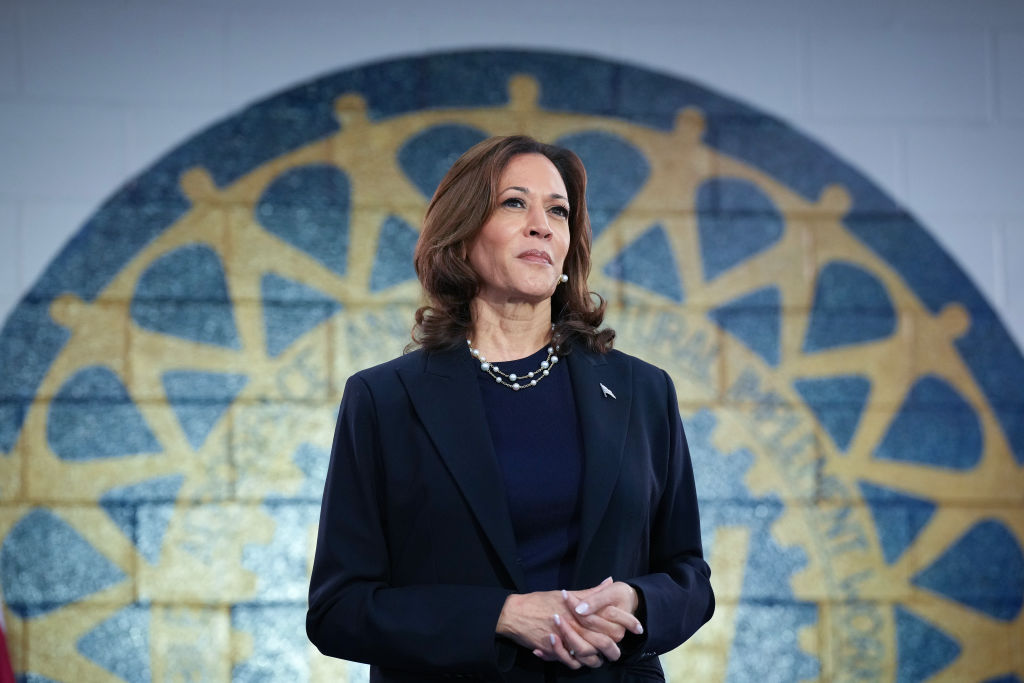

Alexandra Svokos
Vice President Kamala Harris said as president she would work to pass a federal ban on corporate price gouging on food and groceries in an attempt to lower the cost of living for families across the nation. This would be a first-of-its-kind federal law, though many states have laws addressing price gouging, and is clearly in response to Americans' frustration over their grocery bills, where inflation is felt most widely.
"My plan will include new penalties for opportunistic companies that exploit crises and break the rules," Harris said Friday at a campaign speech in Raleigh, North Carolina.
Harris said while prices went up during the pandemic due to supply chain failures, supply chains have since improved, but prices remain too high. And while households struggle to make ends meet due to elevated food prices, large food companies are seeing their highest profits in two decades and many aren't passing these savings on to the consumer.
From just $107.88 $24.99 for Kiplinger Personal Finance
Become a smarter, better informed investor. Subscribe from just $107.88 $24.99, plus get up to 4 Special Issues

Sign up for Kiplinger’s Free Newsletters
Profit and prosper with the best of expert advice on investing, taxes, retirement, personal finance and more - straight to your e-mail.
Profit and prosper with the best of expert advice - straight to your e-mail.
"Look, the bills add up. Food, rent, gas, back to school clothes, prescription medication. After all that, for many families, there's not much left at the end of the month," said Harris. "When I am elected president, I will make it a top priority to bring down costs and increase economic security for all Americans."
A ban on price gouging would prevent companies from unfairly exploiting consumers, and ideally, bring food prices down. But economists disagree on whether or not a federal price-gouging ban would work to lower food prices. While some blame corporate greed as a main driver of inflation, others believe that price gouging isn't actually a primary catalyst of inflation.
How much grocery prices have increased since the last election
Inflation has caused food prices to rise substantially over the last several years, and while prices are no longer increasing as much as they did over the last two years (rising just 1.1% over the last year), grocery costs remain a huge headache for many households. Nearly three-quarters of U.S. adults are stressed by everyday expenses, with groceries frustrating households the most, according to the latest USA Today Blueprint Credit Cards Survey.
Compared with four years ago, grocery prices are up about 20%, due to a mix of supply and demand pressures from the pandemic and other global events, reports the New York Times. And a study from GO Banking Rates found that from the last federal election on Nov. 3, 2020, to March 2024, food prices rose 25.8%, meaning $100 in groceries in 2020 would cost $125.80 today, for the same items.
Here’s a look at how much the average price of everyday food staples increased over that period as well:
- Eggs: 54%
- Milk: 36%
- Cheese and butter: 30%
- Cereals and bakery products: 28%
- Beef: 20%
- Chicken: 25%
- Fresh fruits and vegetables: 21%
The most recent Consumer Price Index (CPI) report showed that inflation continued to moderate, but key goods and services still had rising costs. In terms of which goods and services are driving inflation, food at home rose 0.1% in July, which is the same rate seen the previous month.
How do price-gouging bans work?
Over 30 states have laws around price gouging on the books, many of which apply to profiteering during wartime and states of emergency like natural disasters.
The way those laws work are generally by prohibiting raising prices by a certain percentage within a certain time period, as defined by the state. For example, in Maryland, during a state of emergency, you are not allowed to set a price for a good or service 15% or higher than the highest price of that good or service within four to 60 days before the state of emergency was declared. There are some exceptions, though, for example if you can prove that the price rise is consistent with seasonal prices based on historical data from the previous three years.
Many of Harris' critics have pointed to this policy proposal as a sign of price controls, which were instituted during inflation in the 1970s. While the policy wouldn't set prices, it would enable the Federal Trade Commission to investigate price swings, the Associated Press reported.
The specifics of Harris' idea of price gouging have not been defined. This lack of definition, as well as concerns about if this type of law would work in the way intended and if grocery prices actually need to be "saved" as inflation has cooled, have contributed to criticism of the proposal. The editorial board of the Washington Post, for example, referred to it as a "gimmick."
This is not the first time Harris has discussed tackling price gouging. In 2020, while serving as a senator, she and Sen. Elizabeth Warren, D-Mass., introduced a bill, the Price Gouging Prevention Act, banning price gouging during national emergencies, in response to the pandemic. Democratic senators continued to push for that legislation this year.
While politicians point to corporate greed causing grocery prices to rise, not everyone agrees with that assessment. Economists have pointed to rising prices as simply outcomes of changed supply and demand over the last four years. Even so, there are some cases of obvious changes to what consumers get for certain prices, like shrinkflation.
Related Content
Profit and prosper with the best of Kiplinger's advice on investing, taxes, retirement, personal finance and much more. Delivered daily. Enter your email in the box and click Sign Me Up.

Erin pairs personal experience with research and is passionate about sharing personal finance advice with others. Previously, she was a freelancer focusing on the credit card side of finance, but has branched out since then to cover other aspects of personal finance. Erin is well-versed in traditional media with reporting, interviewing and research, as well as using graphic design and video and audio storytelling to share with her readers.
- Alexandra SvokosDigital Managing Editor
-
 AI Appliances Aren’t Exciting Buyers…Yet
AI Appliances Aren’t Exciting Buyers…YetThe Kiplinger Letter Artificial intelligence is being embedded into all sorts of appliances. Now sellers need to get customers to care about AI-powered laundry.
-
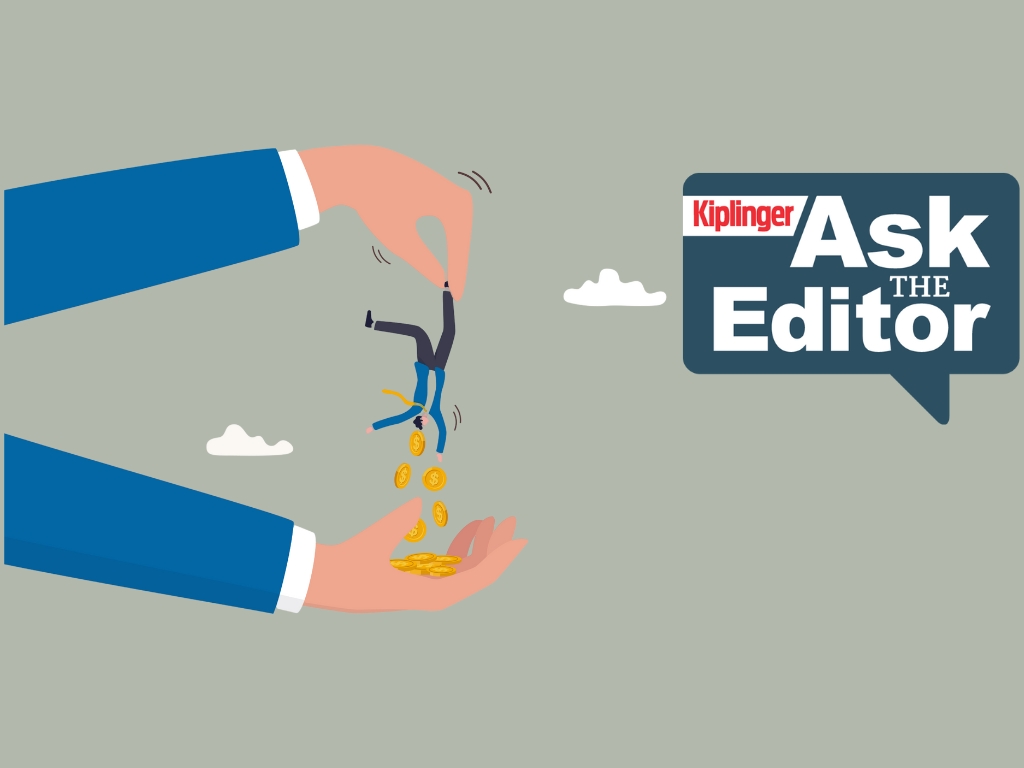 Ask the Editor: IRAs, 401(k)s and RMDs
Ask the Editor: IRAs, 401(k)s and RMDsAsk the Editor In this week's Ask the Editor Q&A, Joy Taylor answers questions on IRAs, 401(k)s and required minimum distributions
-
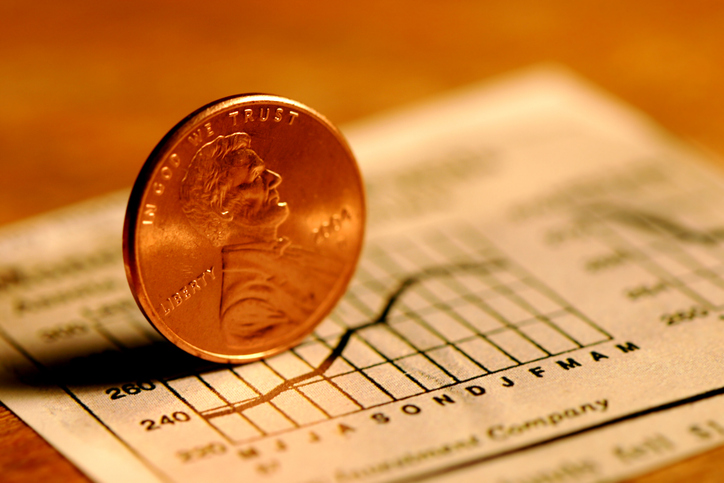 Got $100 to Gamble? These Penny Stocks Could Be Worth the Ride
Got $100 to Gamble? These Penny Stocks Could Be Worth the RideVolatile penny stocks are high-risk plays with potentially high rewards. If you have $100 you can afford to lose, these three names are worth a look.
-
 I'm an Insurance Pro: Going Without Life Insurance Is Like Driving Without a Seat Belt Because You Don't Plan to Crash
I'm an Insurance Pro: Going Without Life Insurance Is Like Driving Without a Seat Belt Because You Don't Plan to CrashLife insurance is that boring-but-crucial thing you really need to get now so that your family doesn't have to launch a GoFundMe when you're gone.
-
 The Top 22 Gifts for Grandkids from Walmart in 2025
The Top 22 Gifts for Grandkids from Walmart in 2025From PlayStation to Labubu, you'll find the hottest gifts of 2025 for your grandkids at Walmart this year. Some of them are up to 78% off.
-
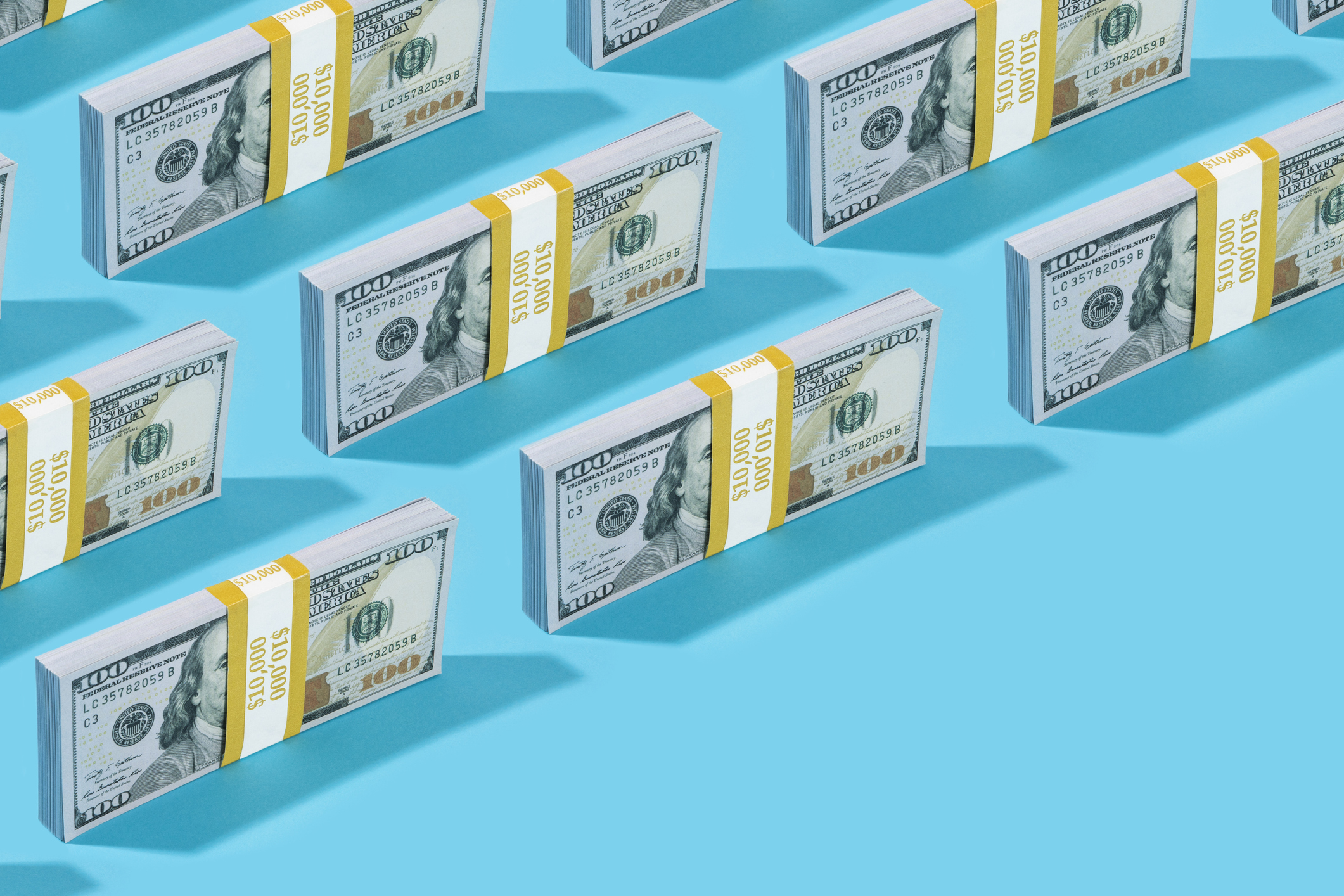 CD vs. Money Market: Where to Put Your Year-End Bonus Now
CD vs. Money Market: Where to Put Your Year-End Bonus NowFalling interest rates have savers wondering where to park cash. Here's how much $10,000 earns in today's best CDs versus leading money market accounts.
-
 Meet the World's Unluckiest — Not to Mention Entitled — Porch Pirate
Meet the World's Unluckiest — Not to Mention Entitled — Porch PirateThis teen swiped a booby-trapped package that showered him with glitter, and then he hurt his wrist while fleeing. This is why no lawyer will represent him.
-
 Smart Business: How Community Engagement Can Help Fuel Growth
Smart Business: How Community Engagement Can Help Fuel GrowthAs a financial professional, you can strengthen your brand while making a difference in your community. See how these pros turned community spirit into growth.
-
 Smart Money Moves Savers Should Make in 2026
Smart Money Moves Savers Should Make in 2026These steps will get you on the road to achieving your 2026 savings goals.
-
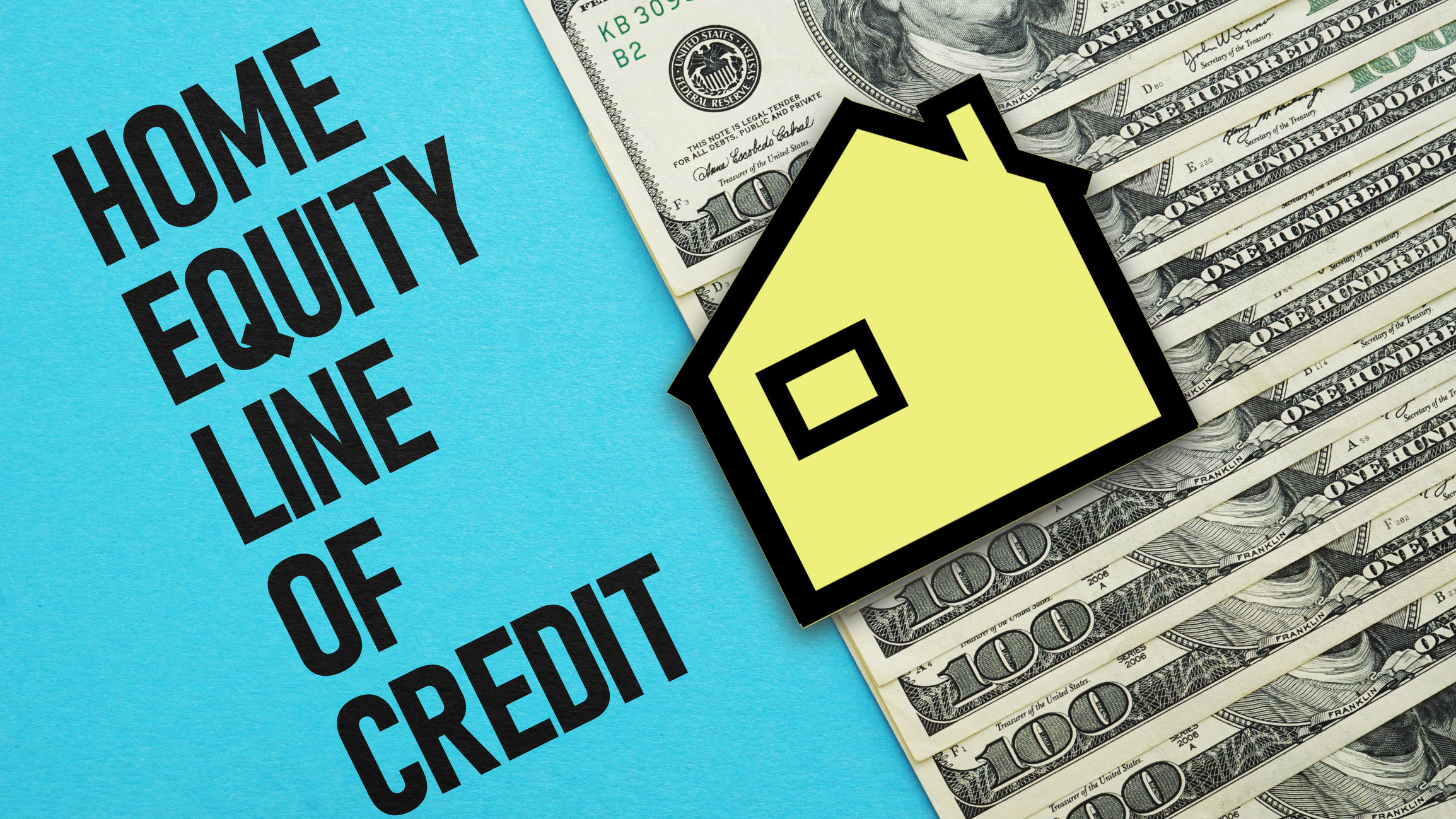 How Much Would a $50,000 HELOC Cost Per Month?
How Much Would a $50,000 HELOC Cost Per Month?Thinking about tapping your home’s equity? Here’s what a $50,000 HELOC might cost you each month based on current rates.
-
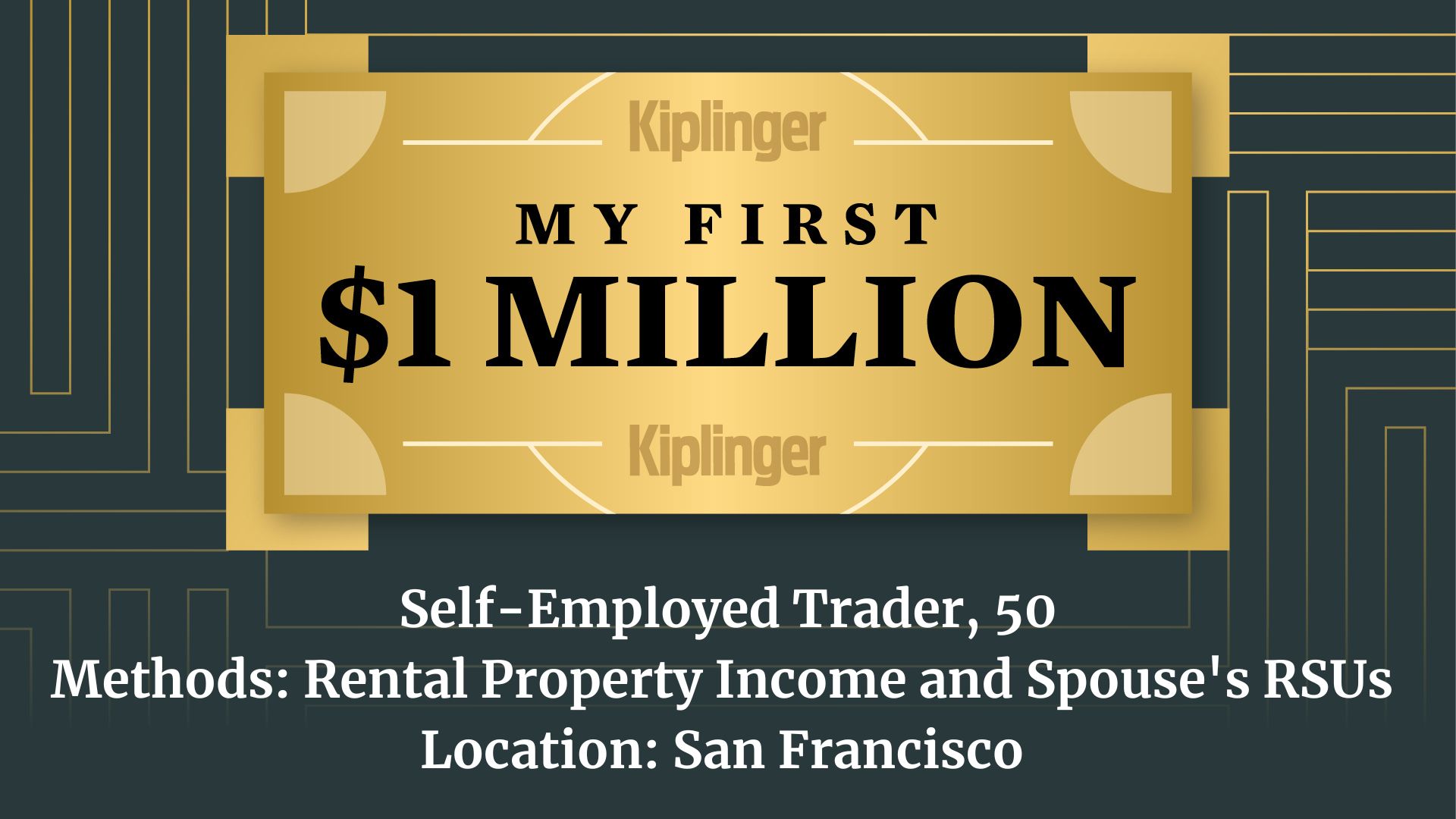 My First $1 Million: Self-Employed Trader, 50, San Francisco
My First $1 Million: Self-Employed Trader, 50, San FranciscoEver wonder how someone who's made a million dollars or more did it? Kiplinger's My First $1 Million series uncovers the answers.